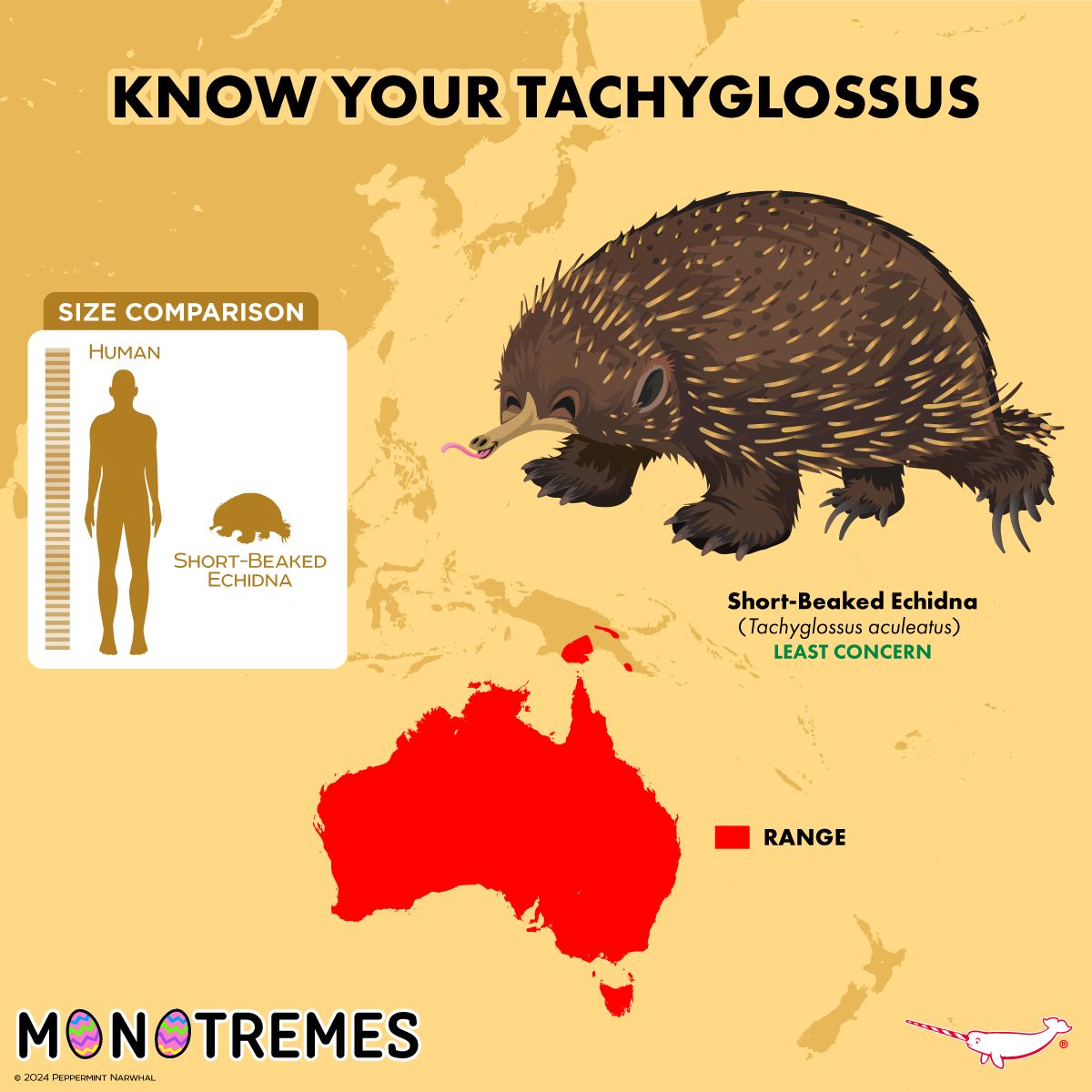– Introduction to Monotremes and the special place of Tachyglossus aculeatus
– Adaptive features and habitat of the Short-Beaked Echidna
– Reproduction and lifecycle of Tachyglossus aculeatus
– Conservation status and efforts for the Short-Beaked Echidna
– How enthusiasts and the public can engage with and support monotreme conservation
Monotremes are a small but fascinating group of mammals that lay eggs instead of giving birth to live young. The Tachyglossus aculeatus, more commonly known as the Short-Beaked Echidna, stands out within this group due to its widespread presence across Australia, including Tasmania, and its distinctive lifestyle and biology. This article explores the Short-Beaked Echidna’s adaptive features and ecological significance, its reproduction and lifecycle, and the current conservation efforts to protect this remarkable species.
Tachyglossus aculeatus is known for its adaptability and thriving in various environments, from forests and grasslands to arid areas. This adaptability is largely due to its diet of ants and termites, abundant in many habitats. The echidna possesses long, powerful claws for breaking into insect nests and a sticky tongue adept at catching prey. Its most distinctive physical feature, however, is the coat of spines covering its back and sides. These spines serve as a formidable defense mechanism, deterring most predators. Additionally, the echidna’s ability to roll into a ball of spikes provides further protection, making it a challenging prey for would-be attackers.
The reproductive behavior and lifecycle of Tachyglossus aculeatus are equally fascinating. Monotremes are the only mammals to lay eggs, and the echidna’s breeding process is a testament to this unique characteristic. Females lay a single egg directly into their pouch, remaining for about ten days before hatching. The resulting offspring, known as a puggle, is then nurtured in the pouch, feeding on milk secreted from the mother’s mammary glands until it develops spines and becomes too large to carry.
Conservation efforts for the Short-Beaked Echidna are crucial, as its habitat faces increasing threats from human activities and climate change. Although currently listed as a species of least concern, preserving their natural habitats and mitigating threats such as road mortality and predation by invasive species are vital for ensuring their long-term survival. Conservation strategies encompass habitat protection, research initiatives to better understand their ecological role, and public awareness campaigns highlighting their importance.
The public and wildlife enthusiasts play an integral role in the conservation of monotremes, including the Short-Beaked Echidna. Individuals can contribute to preserving monotremes by supporting habitat protection initiatives, participating in citizen science projects, and fostering a greater appreciation for these unique mammals. Educational programs and conservation-focused events also offer opportunities for people to learn about and engage with efforts to protect these fascinating creatures.
The Short-Beaked Echidna, a representative of the enigmatic monotone group, showcases the animal kingdom’s incredible diversity and adaptive capabilities. By understanding more about their lives and challenges, we can better support conservation efforts to ensure these extraordinary mammals continue to thrive in their natural environments. Engaging with and supporting monotreme conservation not only benefits the species directly but also contributes to the health and vitality of their ecosystems, highlighting the interconnectedness of all life on Earth.
*****
Source Description
MONOTREMES – Know You Tachyglossus
The monotypic Tachyglossus genus contains only the Short-Beaked Echidna (Tachyglossus aculeatus). It is found throughout Australia, including Tasmania. It lives in forests, grasslands, and even arid environments. It is an insectivore that uses its long, powerful claws to break into ant and termite nests and its long, sticky tongue to eat tasty meals. The species is distinguished by hollow, barbless quills, called spines, that cover its back and sides. The spines are specially evolved hair follicles and provide a form of defense to the animal. When a predator attacks, the echidna tucks its head and feet and rolls into a ball of spikes. Most predators move on to easier prey, so the Short-beaked Echidna dodges the danger. The spines also offer the animal protection as it digs an escape, being shielded from a predator attack thanks to its back full of quills. Now You Know You, Tachyglossus!
Do you love the Short-Beaked Echidna?
Then check out our…
KICKSTARTER MAKE 100 – MONOTREMES
A new collectible enamel pin series features the world’s only egg-laying mammals, the monotremes, including the platypus and echidnas.
Pledge Now! – https://rb.gy/0lw7he
You can also search “Monotremes” or “Peppermint Narwhal” on Kickstarter.
The campaign runs now through Feb. 4, 2024.
Shop the Store: www.peppermintnarwhal.com.
And be sure to pick up your 2024 Calendar before it officially sells out!
Quantities are running low!

